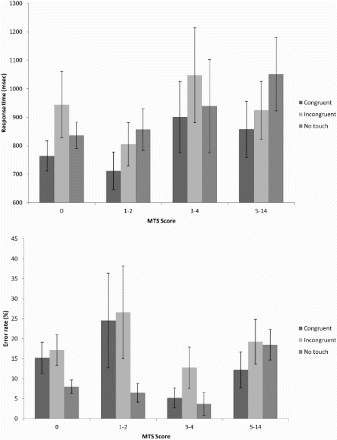Figures & data
Figure 1. The presence of mirror-touch synaesthesia (MTS) is assessed by measuring the number of tactile responses (ignoring non-tactile responses) to 14 videos depicting touch to a human. Top: The distribution of scores from N = 283 undergraduates naïve as to the purpose of the study. Bottom: The prevalence of MTS, estimated from the same sample, depending on the number of affirmative answers given (i.e., 1 or more, 2 or more, etc.).
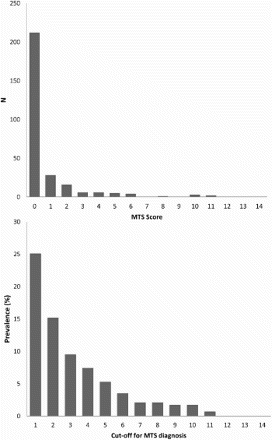
Figure 2. Average intensity ratings (0–10 scale) for all vicarious experiences as a function of mirror-touch synaesthesia (MTS) score. Top: ratings for stimuli depicting touch to a human, dummy, or object. Bottom: ratings for stimuli depicting pain or itch.
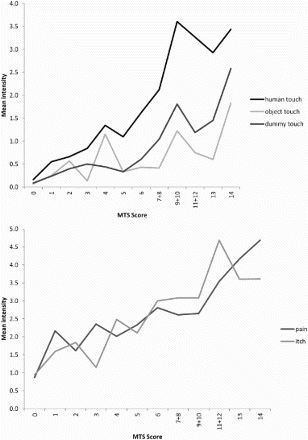
Figure 3. The qualitative characteristics of vicarious experience as a function of mirror-touch synaesthesia (MTS) score. Top: When observing touch to an object (a fan) by a hand/finger, people with high scores tend to report localized experiences on their own hand or finger rather than face or torso. Bottom: When observing someone scratching themselves, people with high scores tend to report tactile experiences rather than feelings of itchiness or tingling.
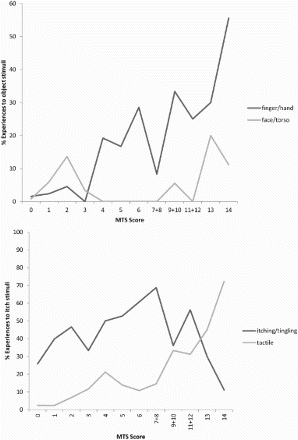
Figure 4. The qualitative experiences of vicarious pain as a function of mirror-touch synaesthesia (MTS) score. The top figure shows the qualitative distribution of responses (i.e., excluding trials in which no experience was reported). The bottom figure shows the quantitative distribution of responses as a function of MTS score.

Figure 5. The spatial reference frame used to map observed and synaesthetic touch in people who report 2 or more tactile experiences. Specular denotes a mirrored relationship (reflection symmetry), and anatomical denotes a mapping within body-centred space (rotational symmetry). An inconsistent mapping occurs if there are equal numbers of each or if they differ by one. MTS = mirror-touch synaesthesia.
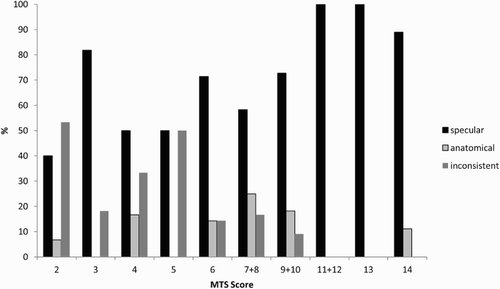
Figure 6. Performance on the Cambridge Face Perception Test for emotional expressions and facial identity. The effect size (Cohen’s d) for facial expressions is plotted in more detail for different cut-offs for diagnosing mirror-touch synaesthesia (MTS).
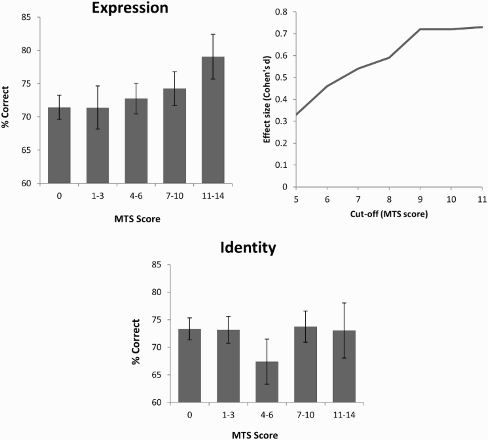
Figure 7. Performance on the Empathy Quotient (EQ) and Inter-Personal Reactivity Index (IRI). The effect size (Cohen’s d) for emotional reactivity and social skills is plotted in more detail for different cut-offs for diagnosing mirror-touch synaesthesia (MTS).
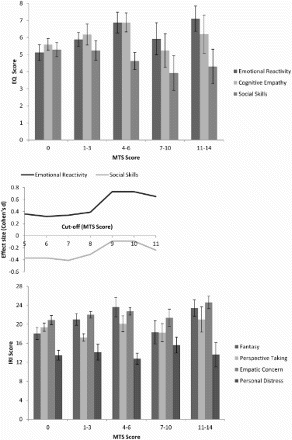
Figure 8. Performance on the Vicarious Pain Questionnaire (VPQ) as a function of mirror-touch synaesthesia (MTS) score. The sensory/localized group report localized pain using sensory descriptors when observing others in pain. The affective/general group report general, non-localized pain using affective descriptors when observing others in pain. Non-responders report little or no pain when observing others in pain.
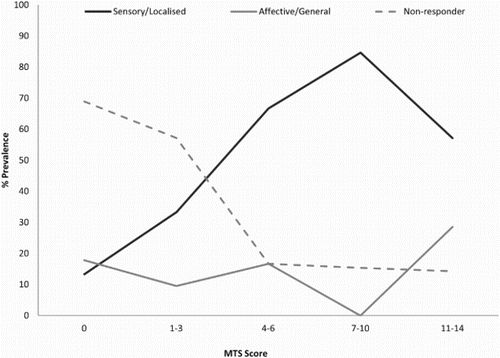
Figure 9. Performance on the visuo-tactile interference task in which participants must report the location of touch on their own face (left, right, both, none) when observing touch to someone else’s face (left, right, both). Trials involving physical touch are categorized as either spatially congruent or incongruent, and no-touch trials are considered separately.
